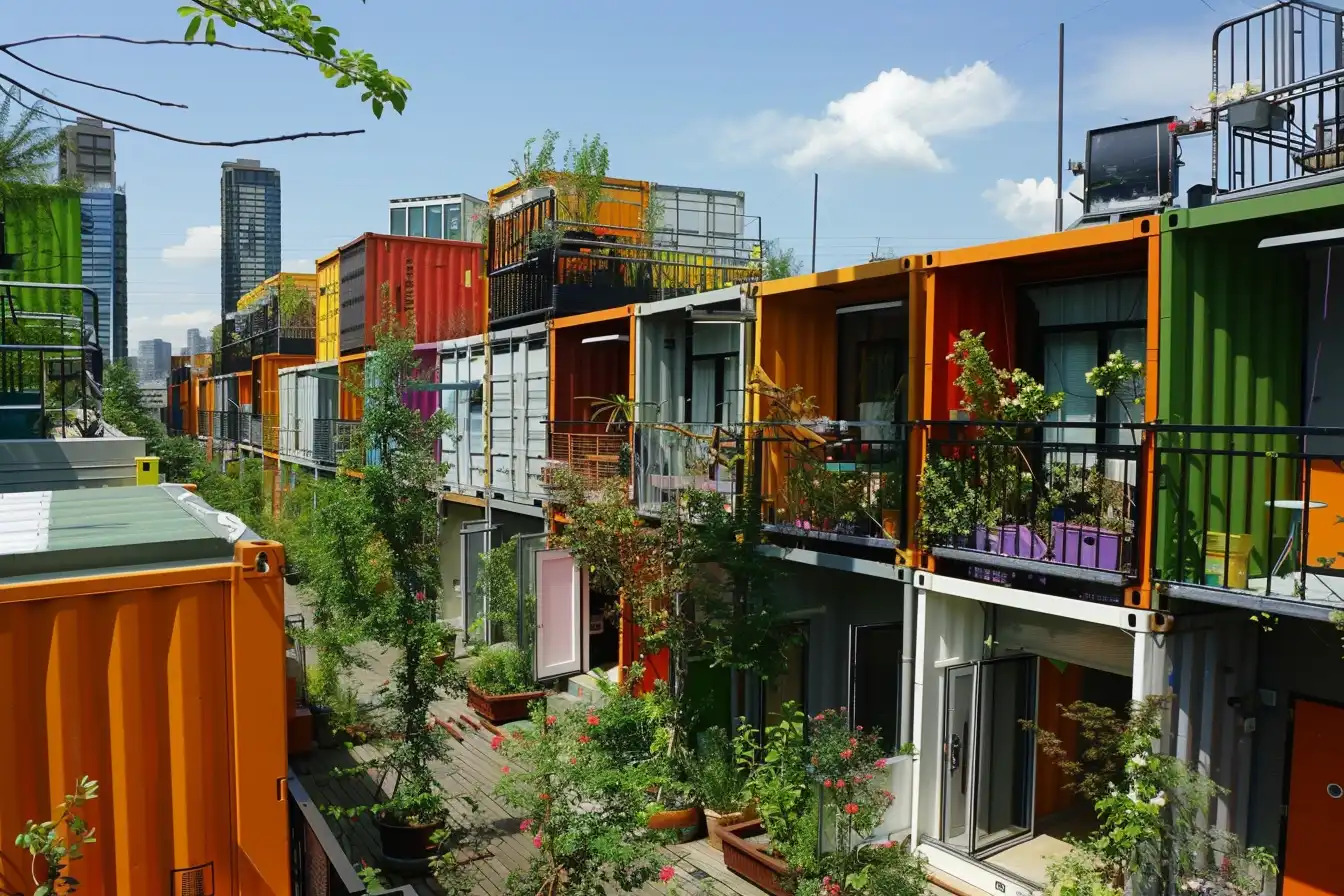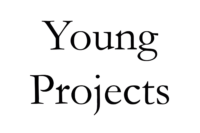- Home
- Articles
- Architectural Portfolio
- Architectral Presentation
- Inspirational Stories
- Architecture News
- Visualization
- BIM Industry
- Facade Design
- Parametric Design
- Career
- Landscape Architecture
- Construction
- Artificial Intelligence
- Sketching
- Design Softwares
- Diagrams
- Writing
- Architectural Tips
- Sustainability
- Courses
- Concept
- Technology
- History & Heritage
- Future of Architecture
- Guides & How-To
- Art & Culture
- Projects
- Interior Design
- Competitions
- Jobs
- Store
- Tools
- More
- Home
- Articles
- Architectural Portfolio
- Architectral Presentation
- Inspirational Stories
- Architecture News
- Visualization
- BIM Industry
- Facade Design
- Parametric Design
- Career
- Landscape Architecture
- Construction
- Artificial Intelligence
- Sketching
- Design Softwares
- Diagrams
- Writing
- Architectural Tips
- Sustainability
- Courses
- Concept
- Technology
- History & Heritage
- Future of Architecture
- Guides & How-To
- Art & Culture
- Projects
- Interior Design
- Competitions
- Jobs
- Store
- Tools
- More
Crafting Thoughtful Architectural Essays: History, Innovation, and Impact
Explore the craft of architectural essays, highlighting the balance between historical themes, sustainability, and innovation. This article delves into how architecture mirrors society, impacts mental health, and suggests integrating critical analysis with creativity for impactful writing.

Crafting an architectural essay is more than just putting pen to paper; it’s an intricate dance of knowledge, presentation, and passion for the subject. As architecture students, we understand the weight these essays carry in advancing our academic careers. They’re not just assignments; they’re a showcase of our understanding of architectural concepts and our ability to articulate these ideas elegantly.
Navigating the complexities of an architectural essay can be daunting. Whether it’s your first time facing this challenge or you’ve encountered it before, the struggle to find the right approach is real. But fear not, we’re here to guide you through the essential steps to create a compelling architectural essay. With careful planning and a clear vision, we’ll help you transform your insights into a masterpiece that not only captivates your audience but also propels your academic journey forward.

Table of Contents
ToggleUnderstanding the Architectural Essay
Significance in Academic and Professional Discourse
Architectural essays play a paramount role in both academic and professional realms, acting as a bridge that connects theoretical knowledge with practical insights. These essays are not merely academic exercises; they serve as a critical platform for articulating and disseminating ideas, theories, and research findings related to architecture. In academic settings, they enable students to demonstrate their understanding of architectural concepts, history, and methodologies, thereby contributing significantly to their scholarly development. Professionally, architectural essays offer practitioners a forum to discuss industry trends, innovations, and challenges, fostering a vibrant intellectual community within the field. They also extend beyond the confines of the architecture community, influencing related disciplines such as urban planning, interior design, and engineering.
Key Components and Structure
Crafting an architectural essay involves a meticulous assembly of key components and adherence to a coherent structure to ensure the delivery of a persuasive and informative piece. Essential components include a well-defined thesis statement that acts as the essay’s foundation, guiding the narrative and argumentation. A thorough literature review establishes the essay’s context, grounding the discussion in existing scholarly work and identifying gaps the essay aims to address. The methodology section explicates the research approach, providing transparency and allowing for reproducibility.
An effective structure is vital for navigating the complexity of architectural topics. An introduction sets the stage, offering background information and clearly stating the essay’s objectives. Body paragraphs are organized thematically or methodologically, each focusing on a specific aspect of the thesis statement, supported by evidence and examples. Transitions between paragraphs ensure a smooth flow of ideas. A conclusion synthesizes the findings, reinforcing the thesis and suggesting directions for future research.
Together, these components and structure elements form the blueprint of an architectural essay, guiding the writer through the process of constructing a compelling argument and contributing valuable insights to the field of architecture.

Themes and Topics in Architectural Essays
Exploring themes and topics in architectural essays enables students and professionals to deepen their understanding of the field, showcasing the breadth of architecture’s influence on culture, technology, and sustainability. Carefully selected topics not only reflect the writer’s interests and academic focus but also contribute significantly to the discourse in the architecture community. Below, we present key areas worth exploring in architectural essays.
Exploring Architectural History and Heritage
When we dive into architectural history and heritage, we unearth the evolution of design principles, aesthetics, and construction techniques that have shaped human civilization. Essays in this area can focus on the comparison of ancient and modern architectural techniques, the influence of specific architects or movements, or the preservation of historical sites. For instance, exploring the design philosophy behind the Chrysler Building could reveal insights into the Art Deco movement and its significance in architectural history. Similarly, examining ancient Roman architecture, such as the Colosseum, offers perspectives on the architectural ingenuity of ancient civilizations and its relevance to modern design challenges.
The Role of Sustainability in Modern Architecture
The importance of sustainability in contemporary architecture cannot be overstated. Essays on this theme often explore how eco-friendly principles and practices are integrated into building designs to address environmental degradation and the energy crisis. Topics can range from the examination of green buildings and energy efficiency to sustainable urban planning and the role of technology in creating environmentally sustainable spaces. Studying projects like the construction of eco-friendly buildings in the UAE or the principles of Feng Shui in design showcases how modern architecture harmonizes environmental concerns with aesthetic and functional requirements.
Technological Innovations Shaping the Future of Architecture
Technological advancements are continuously reshaping the landscape of architecture, offering new possibilities for innovative design, construction, and functionality. Essays in this category might explore cutting-edge materials, digital fabrication methods like 3D printing, or the application of artificial intelligence and virtual reality in the planning and design process. Analysing projects that incorporate these technologies, such as the planning and development of the Getty Center by Richard, highlights the transformative impact of technology on architectural creativity and efficiency. Furthermore, discussing the collaboration without a project manager in significant projects like the Sydney Opera House can provide valuable insights into how technology facilitates novel approaches to project management and architectural design.
By focusing on these themes and topics, architectural essays can illuminate the multifaceted nature of the field, pushing the boundaries of traditional thought and inviting readers to consider the past, present, and future of architecture. Through thorough research and critical analysis, writers contribute to a vibrant dialogue, fostering innovation and progress in architectural practice and theory.
Analyzing Architectural Styles
Building on our prior discussion about the significance of architectural essays, we dive deeper into examining architectural styles. Our exploration not only enhances our appreciation of architecture’s aesthetic values but also its functional, cultural, and sociopolitical dimensions. This section zeroes in on two pivotal aspects: the evolution of domestic and urban design and the influences of cultural and social factors on architecture.

The Evolution of Domestic and Urban Design
Tracing the evolution of domestic and urban design reveals a fascinating journey of innovation, adaptation, and sometimes, revolution in architecture. From the ancient dwellings focused on basic needs and protection, designs evolved to elaborate urban plans of the Ancient Greeks and Romans, embodying their cultural spirit and technological advancements. Fast forward to the Middle Ages, and we see a shift towards fortified structures and Gothic architecture, reflecting the era’s tumultuous social climate.
The Renaissance period ushered in a renewed interest in classical antiquity, influencing both domestic and urban architecture with symmetry, proportion, and the integration of the individual into the collective urban fabric. The Industrial Revolution brought about radical changes with technological advancements, leading to the birth of skyscrapers and modern urban landscapes.
Today, we’re witnessing a trend towards sustainability and eco-friendly design principles in the face of environmental challenges. This evolution underscores not only advancements in technology and materials but also changing societal values and priorities, illustrating how domestic and urban design continuously adapts to meet the needs of its time.
The Influences of Cultural and Social Factors
Cultural and social factors have always played a critical role in shaping architectural styles. These influences are not merely visible in the aesthetic details of buildings but are deeply embedded in the planning, design, and functionality of architectural spaces. For instance, the Chinese architectural system, with its emphasis on harmony and spatial distribution, reflects the philosophical ideals of Confucianism and Taoism.
In contrast, the resurgence of regionalism movements in America during the 1920s was a direct response to the sense of malaise and a desire to reconnect with localized architectural identities amidst rapid modernization. Similarly, the ornate Art Deco architecture of the Chrysler Building serves as a testament to the economic prosperity and technological optimism of the early 20th century America.
Moreover, the advancement of eco-friendly principles in architecture is largely driven by the growing global awareness of environmental degradation and the urgent need for sustainable development. This shift towards green building practices showcases how societal priorities and concerns can profoundly influence architectural design.
In analyzing architectural styles, it’s evident that architecture is more than just buildings and structures. It’s a reflection of human history, culture, and aspirations. Through examining the evolution of domestic and urban design and understanding the influences of cultural and social factors, we gain a deeper insight into the role of architecture in shaping our lived environments and, ultimately, our society.

The Intersection of Architecture and Human Experiences
Architecture, in its essence, captures more than just the physical embodiment of space. It serves as a mirror reflecting societal values, transitions, and human experiences across various epochs. In our exploration of architecture’s profound impact on human experiences, we delve into how buildings and spaces not only accommodate activities but also shape our perceptions, behaviors, and overall well-being.
Architecture as a Reflection of Societal Values
Buildings and structures go beyond their functional requirements; they stand as testament to the beliefs, priorities, and aspirations of a society at a given time. By examining architectural forms, one can uncover the underlying principles and ideologies that influenced its design. For example, the minimalist aesthetics of modern architecture reflect a cultural shift towards simplicity, functionality, and a break from ornate historical styles, signaling the societal value placed on innovation and progress post-industrial revolution.
Furthermore, sustainable and eco-friendly design principles highlight the growing concern for environmental preservation and responsible resource utilization. Projects like the Sydney Opera House, despite not having a designated project manager, showcased collaborative efforts between architects and engineers to create an iconic structure that harmonized with its surroundings, reflecting societal emphasis on innovation and cultural expression.
The Psychological Impact of Spatial Design
The design of a physical space can profoundly impact individuals’ mental and emotional well-being. Spatial configurations, lighting, color schemes, and material choices can all evoke different psychological responses. For example, Feng Shui, an ancient Chinese philosophy of harmony, integrates with Western aesthetics in structures like the Chrysler Building, offering spaces that are not only visually appealing but promote balance and positivity.
Moreover, architectural elements such as open floor plans, natural lighting, and integration with nature contribute to reducing stress, enhancing productivity, and improving overall happiness. Buildings designed with user comfort and well-being in mind, like the Getty Center, accentuate the importance of considering the psychological effects of architectural design. The center’s detailed planning and network of paths simplify navigation and foster a sense of tranquility amidst the bustling city environment.
As we continue to navigate the evolution of architectural design, it becomes increasingly clear that architecture’s role extends beyond creating functional spaces. It captures the essence of human experiences, embodying our societal values and impacting our psychological well-being. By understanding this intersection, we can appreciate the significant influence architecture has on shaping our daily lives and interactions within the built environment.

Crafting an Engaging Architectural Essay
As we continue to explore the depths of architectural essays, it becomes evident that integrating critical analysis with creative expression forms the cornerstone of compelling writing. In this section, we’ll delve into strategies for embedding critical analysis and creativity into your essays, alongside maintaining a delicate balance between academic rigor and personal insight. These components are vital for crafting an essay that not only meets academic standards but also resonates on a personal level with its readers.
Incorporating Critical Analysis and Creativity
When we talk about infusing critical analysis into an architectural essay, we’re essentially discussing the art of dissecting and examining architectural designs, theories, and contexts with a keen, analytical eye. This process involves evaluating the effectiveness of design principles, the impact of architectural innovations, and the socio-cultural implications of architectural trends. Our goal is to encourage you to not only present facts but also analyze and interpret them, thereby offering new perspectives or insights.
Moreover, creativity plays a crucial role in making your essay stand out. This could mean bringing in comparative analyses of different architectural styles, theorizing on future architectural trends, or weaving in narratives that illustrate the human experience within architectural spaces. For instance, exploring how the Chrysler Building exemplifies Art Deco architecture with its attention to decorative detail and modernity can be an aspect of creativity. Similarly, discussing the interplay of Feng Shui principles and Western aesthetics in Fallingwater demonstrates how creativity can enrich the analysis.
Balancing Academic Rigor with Personal Insight
Achieving a balance between academic rigor and personal insight can be challenging but rewarding. Academic rigor ensures that your essay is underpinned by researched facts, theoretical frameworks, and a systematic approach to argumentation. This involves adhering to academic standards, such as proper citation and comprehensive analysis of architectural works and theories. For example, discussing the sustainable development principles in UAE architecture requires a factual understanding of ecology, economics, and social welfare strategies within the architectural context.
Conversely, personal insight allows you to inject your unique perspective, experiences, and reflections into the essay. This element transforms your writing from a mere report into a reflective discourse that engages readers on a deeper level. For instance, sharing your personal observations on how the use of glass in modern architecture blurs the lines between the interior and exterior can provide a unique angle on a widely discussed topic.
As we underscore the importance of incorporating critical analysis and creativity alongside balancing academic rigor with personal insight, our aim is to guide you towards crafting architectural essays that are not only informative and well-researched but also engaging and reflective. Through this approach, we strive to create essays that contribute valuably to the discourse on architecture, echoing the evolving interplay between space, society, and individual experience.

Conclusion
In wrapping up our exploration of architectural essays, it’s paramount to underscore the essence of summarizing the pivotal themes that have been navigated throughout the discourse. These themes, spanning architectural history, sustainability, and the evolution of design technologies, must be succinctly reiterated to enforce the thesis statement laid out at the outset. It’s also instrumental to present final thoughts or suggest avenues for further research, thereby leaving the reader with a deeper intellectual curiosity about architecture’s influence on society and individual well-being.
Equally crucial is the meticulous process of editing and proofreading the essay. This step ensures that the arguments presented are coherent, free of errors, and convey the intended message with clarity and precision. Inviting a peer’s feedback can furnish invaluable insights, potentially unveiling new perspectives or highlighting areas needing refinement.
Finally, the construction of an architectural essay, much like the design of a building, demands a balance between foundational theories and the innovation that personal insights and reflections bring. Our aim is to inspire writers to delve into architectural studies with a blend of academic diligence and creative inquiry. This approach not only enriches the narrative but also contributes significantly to the broader conversation around architecture’s role in shaping our environments and experiences. Thus, through our essays, we aspire to leave a lasting impact on our readers, encouraging them to view architecture not just as physical structures but as a mirror reflecting the evolving tapestry of human society.
Submit your architectural projects
Follow these steps for submission your project. Submission FormLatest Posts
10 Tips for Aspiring Architectural Writers
Architectural writing is a valuable skill that helps students, young professionals, and...
How to Improve Your Blog Writing: Tools and Techniques That Work
Blog writing is challenging; despite 90% of businesses worldwide using marketing strategies,...
How Architecture Students Can Improve Their Academic Writing
There’s a special kind of chaos that lives in the studio of...
EssayWriters vs. All-Nighters: 5 Reasons to Pick the Former
Why Smart Students Choose EssayWriters Instead of Sleepless Nights That moment when...












Leave a comment